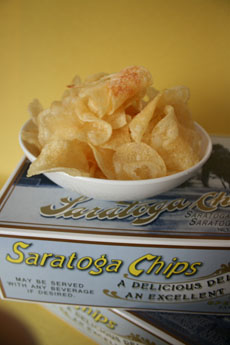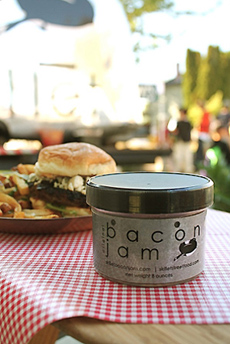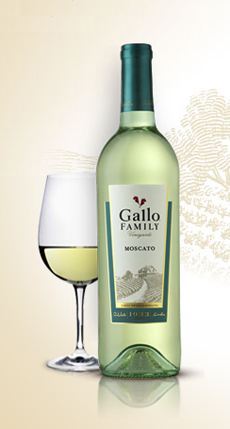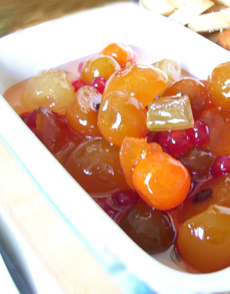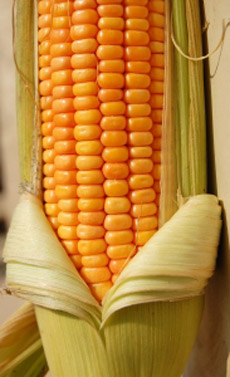|
To start, we rinse the ears of corn and place a paper towel on the plate of the microwave—but only because we’re obsessively neat. It isn’t essential.
The time it takes to microwave the corn depends on the number of ears. We’ve seen some huge time ranges for microwaving corn. While microwave ovens differ, our midsize Sharp Carousel cooks two ears in two minutes. Try adding 30 seconds for each additional ear and adjust as necessary for your oven. Don’t pack the microwave with corn; cook it in two or more batches if you’re making a lot.
Husking The Cooked Corn
While the tendency is to husk the corn the minute the microwave beeps, the husks can be a bit too hot to the touch. You can wear a clean pair of Playtex kitchen gloves, or you can also wait a few minutes until the husks are comfortable to hold. Then, use both hands to pull down opposite sides of the husk. The husk will come off in one good yank, along with most of the corn silk.
Remove the remaining few strands of corn silk, and the corn is ready to serve.
While Americans tend to proceed to the buttering stage, fresh-picked corn has such exquisite natural sweetness that it requires no seasoning at all (a nice savings of calories and cholesterol).
However, after the corn is a day or more off the stalk, the sugars will convert to bland starch. That’s when butter, salt and pepper are needed. For no-calorie seasoning, do what the Mexicans do and add a squeeze of lime and a sprinkle of chili powder.
Another tip: You can use raw corn kernels in salads, salsa and as garnish. Remove the husks and silk, and shave the kernels from the husk with a sharp knife.
|
